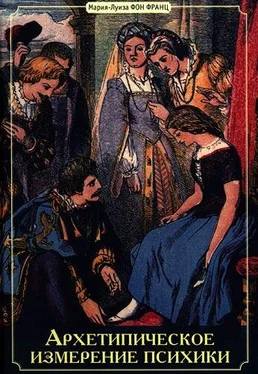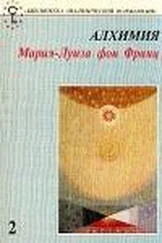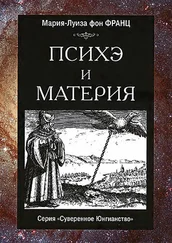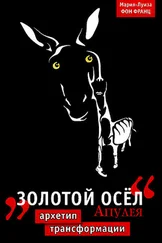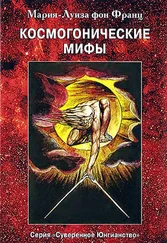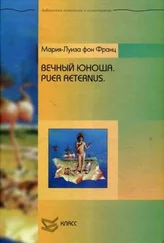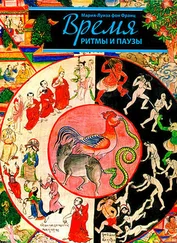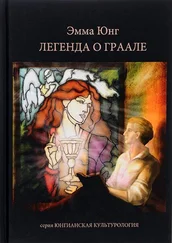Grimm, vol. 2, no. 2.
Cf. the special edition of A. Lopfe, Russische Märchen (Russian Fairy Tales) (Olten, 1941), pp. 5ff.
«Sturmheld Ivan Kuhsohn», in Russische Märchen.
«Die Jung frau Zar» (Virg in Tzar). Там же, no. 41.
Я пишу об этой детали ниже, в главе «В замке Черных женщин».
Grimm , vol. 1, no. 53.
«Der Brautigammitder golden en Nase», in Finnische und estmsche Märchen (Finnish and Estorian Fairy Tales), pp. 179 ff.
«Die Jung frau Zar», in Russische Volksmärchen.
Cf., e.g., «Die verwünsch te Prinzessin» (The Enchanted Princess), in Deutsche Märchen seit Grimm, vol. 1, p. 237. Принцессу принуждают горный эльф (или тролль в норвежской параллели в Nordische Volksmärchen [Nordic Folk tales], vol. 2), которым она «одержима», чтобы отправить своих поклонников на смерть, задав неразрешимые загадки. Об этом типе сказки, cf. G. Hentze, «Turandot», in Antaios (1959), vol. 1, no. 1.
Так, например, в рассказе Гримм «Золотая птица» мы никогда не узнаем, кто превратил принца в лису.
Я имею в виду фигуру завистливого придворного или компаньона типа Риттер-Рот. Cf. В-P, vol. 33, рр. 18 and 424.
Cf. Grimm’s tale «The Two Wanderers», in Grimm , vol. 2, no. 92, and «Ferenand getrii und Ferenandunge tru» (Ferdinand Faithful and Ferdinand Unfaithful), in Grimm, vol. 1, no. 46. См. Также параллели с этими рассказами, упомянутыми в В-P.
Chinesische Märchen (Chinese Fairy Tales), ed. R. Wilhelm, no. 48, pp. 134 ff.
«Vbndem Riesen, der sein Herz nicht bei sichhatte» (The Giant Who Didn’t Have His Heart with Him) in Nordische Volksmärchen , vol. 2, no. 23, pp. 119 ff.
Deutsche Märchen seit Grimm , vol. 1, p. 15, «Vom Man nohne Herz» (The Man without a Heart).
Russische Märchen, no. 29, p. 160.
Там же, no. 6, p. 29. In regard to Ochand all these dark nature spirits, cf. C.G. lung, «The Phenomenology of the Spirit», in cw 9/i, pp. 222ff.
О старике с гор как фигуре Вотана см. М. Ninck, Wodan und germanischer Schicksalsglaube , pp. 133 ff.
«Der Vogel mitdem lieblichen Gesang» (The Bird That Sang So Lovely), in Irische Märchen (Irish Fairy Tales), no. 28.
M.R. James, The Apocryphal New Testament (Oxford Press, 1924, 1945), p. 26, «The Oxyrhynchus-Sayings of Jesus». Отличающийся перевод предоставляется в Das Evangelium nach Thomas (The Gospel According to Thomas), eds. Quispeland Puech (1959).
Cf. I Ching, or Book of Changes (Princeton: Princeton University Press, 1967), no. 53, «Gradual Progress».
«The Golden Bird», in Grimm , vol. 1, no. 7.
«Ferenandgetrii und Ferenandungetrii». For parallels see В-P, vol. 3, pp. 18 ff., esp. 22.
Cf. C.G. Jung, «On the Nature of the Psyche», in cw 8, pp. 159–234.
Cf. C.G. Jung, Symbols of Transformation, cw 5, esp. chap. 5.
On the Self, see below.
Cf. Jung’s remarks about Die Symbole der Wandlung , p. 287 (see Symbols of Transformation, cw 5).
Meister Eckhart, Schriften, ed. H. Büttner (Jena, 1934), p. 37: «Von der Erfiillung: Predigtiiber Lukas 1:26».
Märchen aus Turkestan (Fairy Tales from Turkestan), no. 9, pp. 236 ff.
Hume (tr.), The Thirteen Principal Upanishads, pp. 73 f. Quoted in modified form C.G. Jung, Symbols of Transformation, p. 280.
C.G. Jung, Die Symbole der Wandlung, pp. 420f. (see Symbols of Transformation).
О кремне как символе Самости, см. С.G. Jung, «The Visions of Zosimos», in Alchemical Studies, cw 13, pp. 203, 214, и о зерне пшеницы, «The Symbol of the Tree». Там же, p. 361. Also C.G. Jung, Die Symbole der Wandlung, pp. 59 8 ff., 610 ff. (see Symbols of Transformation).
Cf. also no. 36, «Six at the Тор».
Cf. C.G. Jung, Essays on Contemporary Events, in cw 10.
Lettische Märchen (Lettish Fairy Tales), no. 3.
Grimm, vol. 2, no. 83.
I.e., the Devil’s grandmother.
Deutsche Märchen seit Grimm, vol. 1, pp. 155 ff.
Examples in C.G. Jung, Mysterium Coniunctionis, cw 14.
Там же.
Cf. Grimm’s fairy tale «Der Teufelmit den drei golden en Haaren» (The Devil with the Three Golden Hairs), in Grimm, vol. 2, no. 83.
Cf. Действие Тота против бушующей Хатхор в Египте.
Cf. К. Preisen danz, Papyri Graecae magicae (Leipzig, 1928), p. 119 (Prayer to Hecate).
Там же, p. 149 (Prayer to Selene).
Там же, p. 157.
Там же, p. 163 (Prayer to Selene).
Cf. C.G. Jung, Psychology and Religion, cw 11 (1958).
Cf. C.G. Jung, Vonden Wurzeln des Bewufitseins (Zurich: Rascher, 1954), chap. 12.
Cf. A. de Gubernatis, Die Thiere in der indogermanischen Mythologie (Animals in Indo-Germanic Mythology) (Leipzig, 1874), p. 550.
Там же, p. 548.
Cf. K. Weiss, «Die Milchim Kultus der Griechen und Römer» (Milk in the Cult of the Greeks and Romans), in Religionsgeschichtliche Versuche und Vorarbeiten (Giessen, 1914).
Cf. A. De Gubernatis, Die Thiere in der indogermanischen Mythologie , pp. 574 ff.
Cf. C.G. Jung, Mysterium Coniunctionis , cw 14, p. 47, para. 41.
Cf. C.G. Jung, «Answer to Job», in cw 11.
E. Przywara, S.J., Deus semper maior: Theologie der Exerzitien (Freiburgi. Вr., 1938), vol. 1.
Читать дальше
